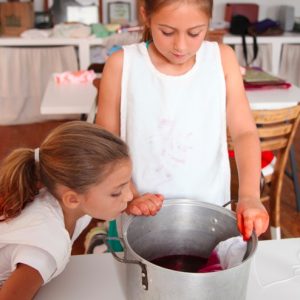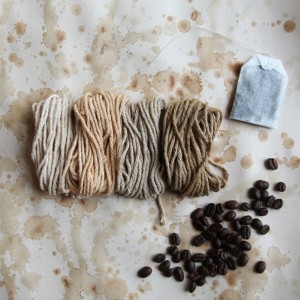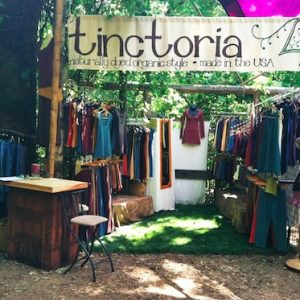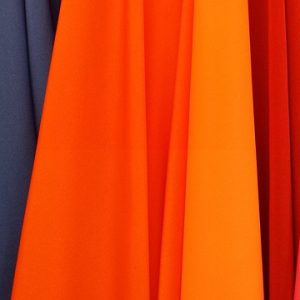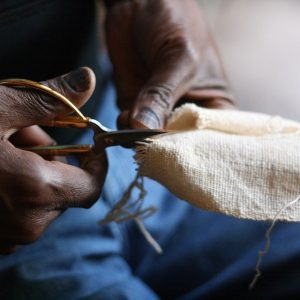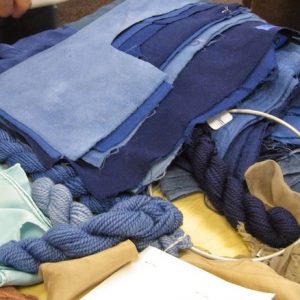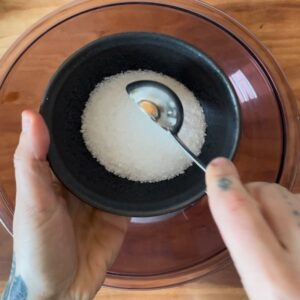Sweet Peach Creates Natural Dyes For Home DIY
We love discovering new blogs that tackle natural dyeing. Sweet Peach is one of our new favorites and had us when we just saw kids in the kitchen. Kids never stop wanting to create and play and what better than to bring common household items into the fold to create with! Check out this great blog post they did using Tumeric, coffee, blackberries, tea, beets, red cabbage, berries and spinach -these ladies had a blast. Check out this blog post to see their results and if you’re looking for an all in one kit, look no further than one of … Read more

